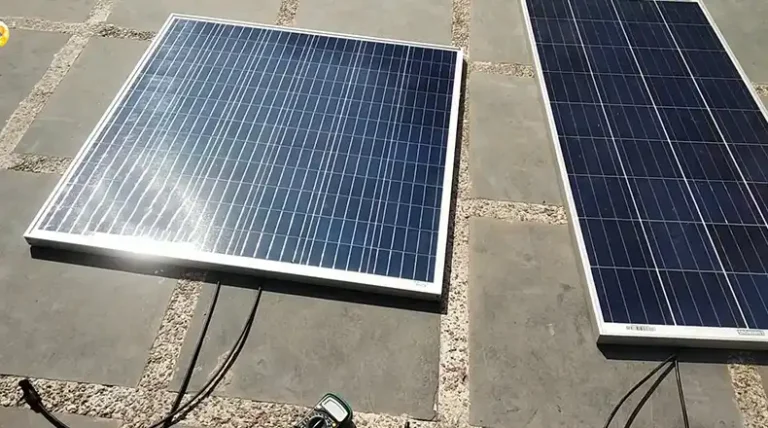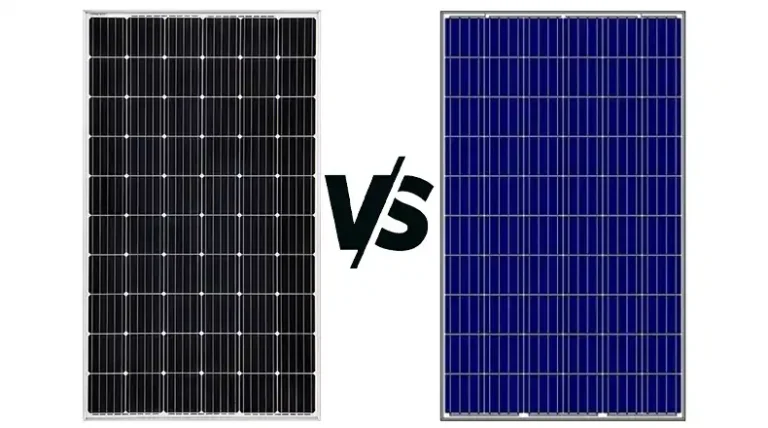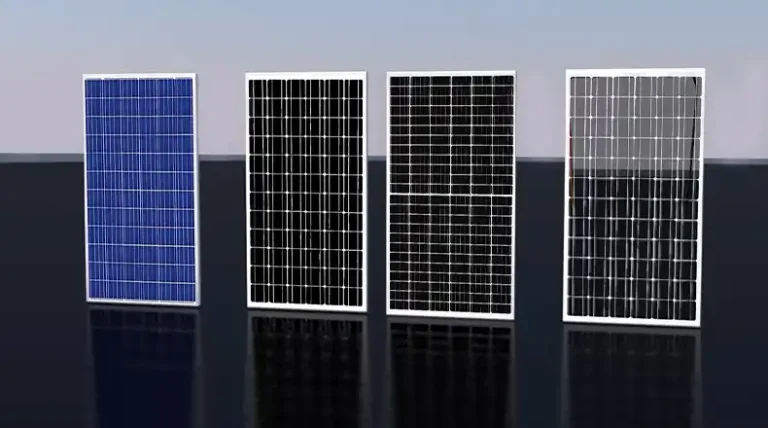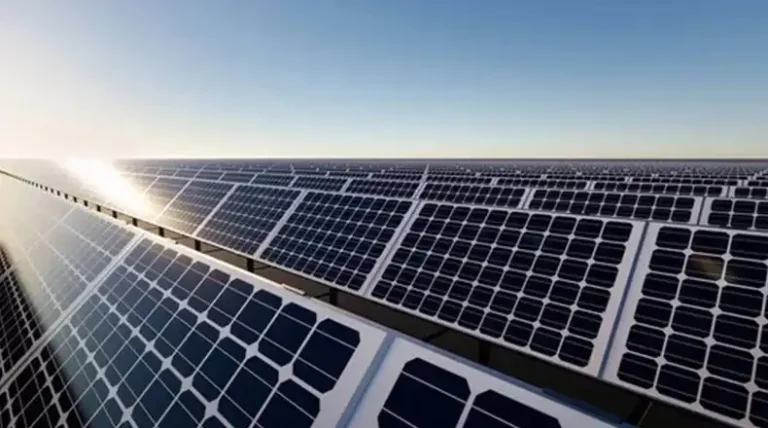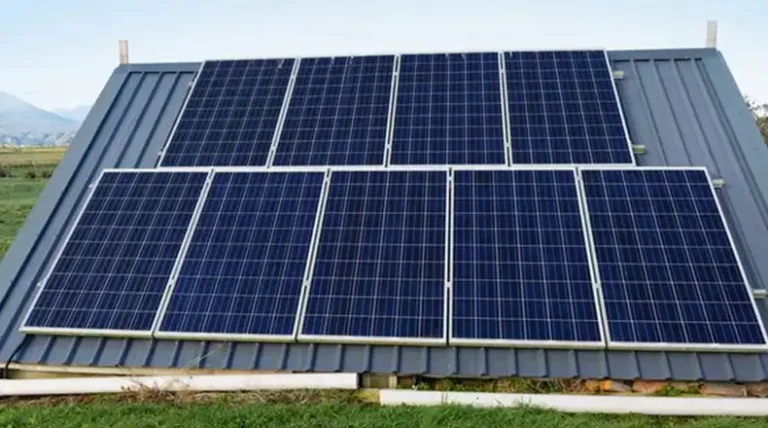How Many Solar Panels Do I Need for Underfloor Heating? Calculating the Numbers
Underfloor heating systems have been growing in popularity as an efficient and comfortable alternative to traditional radiators. Underfloor heating works by circulating hot water through pipes or electric cables installed beneath the floor to gently heat the room.
When paired with solar panels, underfloor heating becomes even more energy-efficient by utilizing renewable solar energy to provide all or most of its power needs. But how do you determine exactly how many solar panels are required to run an underfloor heating system efficiently? This guide will provide homeowners with complete information to properly size their solar panel systems.
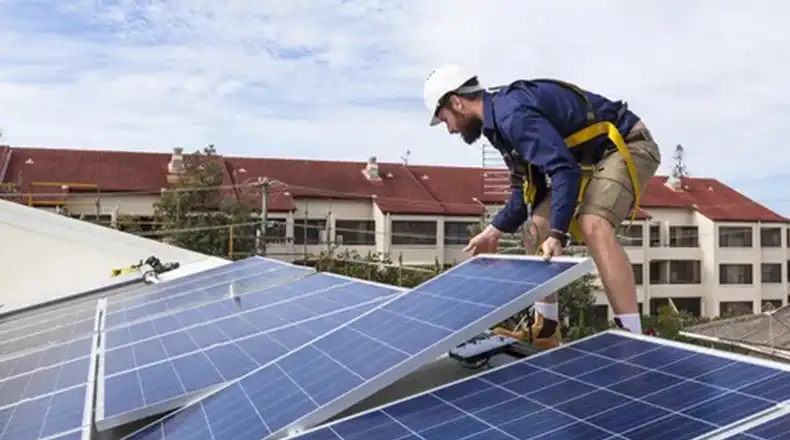
How do Underfloor Heating Systems Work?
Underfloor heating systems consist of hot water tubing or electric resistance cables buried under the floor, a pump to circulate water or electricity through the system, a thermostat for temperature control, and a boiler or heat source. The tubes/cables warm up and transfer heat to the floor through radiation. The floor then heats the room through conduction and convection.
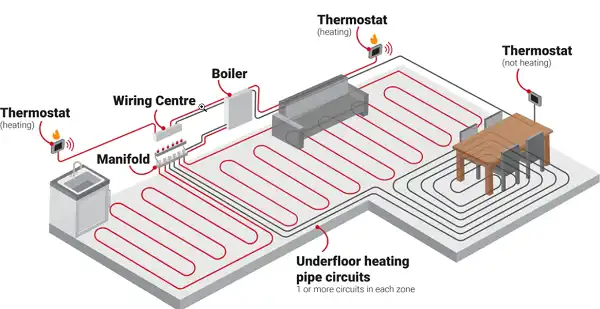
Water-based systems use hot water from a boiler or solar water heater pumped through tubing under the floor. Electric systems pass electricity through cables that resistively heat up. Both provide even, consistent warmth ideal for underfloor heating. The lack of radiators and vents allow flexibility in interior design too.
Factors Influencing Solar Panel Requirements
Several key factors determine how many solar panels are needed to adequately power an underfloor heating system:
- Size of Space – Larger spaces require more power for heating.
- Insulation Level – Well-insulated spaces need less heating energy.
- Climate Conditions – Colder regions need more panels to heat efficiently.
- System Efficiency – High efficiency underfloor systems need fewer panels.
- Solar Access – Unshaded roofs and sites allow for more solar capture.
Thoroughly evaluating these factors ensures your solar system is appropriately sized.
Calculating the Number of Solar Panels
The number of solar panels needed depends on your home’s heating requirements and available sunlight. Follow these steps for an accurate estimate:
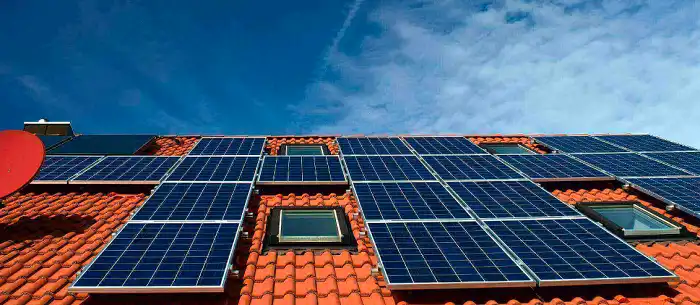
- Calculate heating load – Factor in home’s size, insulation, and climate.
- Check solar radiation data – Use maps to determine sunlight potential.
- Select quality components – Choose efficient solar panels and inverters.
- Account for system losses – Factor in cable, inverter etc. losses of ~25%.
Example Solar Panel Calculation
Let’s consider a 2000 sq ft home in Denver that needs underfloor heating.
Home’s heating load:
- Location: Denver
- House size: 2000 sq ft
- Insulation: Average
- Desired temperature: 68°F
The calculated annual heating load is 18,000 kWh
Solar potential:
According to solar maps, Denver receives about 5.5 hrs of daily sunlight and 4.5 kWh/sq meter solar potential.
System specifics:
- Solar panel rating: 330W
- Inverter efficiency: 95%
- Other system losses: 25%
Solar panel calculation:
Annual heating load: 18,000 kWh
Accounting for 25% system losses: 18,000 kWh / 0.75 = 24,000 kWh
Daily load: 24,000 kWh / 365 days = 65 kWh
Solar potential per panel (330W): 330W x 5.5 hrs x 0.95 (inverter efficiency) = 1.7 kWh
Total panels needed = Daily load / Panel output
= 65 kWh / 1.7 kWh
= 38 solar panels
Installation and System Design Considerations
When installing your solar panels, make sure your roof has adequate unshaded area and appropriate orientation. Properly wire the panels into your electrical system, taking safety measures.
For water-based systems, install the pump, controls and thermostat. Also consider complementing solar panels with solar water heating to further reduce load. Adding battery storage allows heating even at night and on cloudy days by storing excess solar electricity.
Costs, Incentives and Payback Period
The upfront cost for a solar underfloor heating system includes the panels, inverter, installation, equipment and maintenance. Government incentives like tax credits and rebates can offset the initial investment. Energy savings also pay back the system over time.
On average, the payback period ranges from 6-15 years depending on climate, system size, electricity rates and incentives. Get quotes from local installers to estimate costs for your specific home.
Maintenance and Troubleshooting
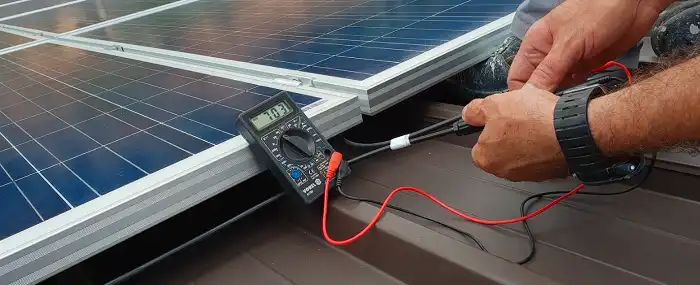
Keep your solar panels in prime condition by cleaning off any bird droppings, leaves, snow buildup or other debris. Check that all system components are running properly through periodic inspections. Monitor performance using solar monitoring software.
Troubleshoot issues like frozen or leaking pipes, pump failures, thermostat malfunctions or dropping system efficiency. Call a technician for complex repairs and maintenance.
Additional Benefits and Uses
Beyond heating your home, extra solar energy generated can power other appliances and electronics. Use surplus generation to charge an electric vehicle. If permitted, sell excess power back to the electricity grid. Solar panels can also heat water for domestic use or your pool/spa.
Conclusion
Determining the right number of solar panels involves carefully evaluating your underfloor heating system’s requirements and available sunlight. While the guidelines provided offer a good starting point, it is always advisable to get professional solar modeling and design for your specific home. With adequate panels and proper installation, solar underfloor heating provides exceptional comfort and energy efficiency.
How is underfloor heating energy-efficient?
Underfloor heating maximizes efficiency by distributing heat evenly at lower temperatures than radiators. The large thermal mass of the floor retains heat better as well.
What maintenance do solar panels need?
Solar panels are very low maintenance, just requiring occasional cleaning, inspection, and replacement of any faulty inverters/wiring as needed.
What incentives are available for solar underfloor heating?
You can avail of federal tax credits, utility rebates, and other incentives like renewable energy certificates. Check energysage for state-wise incentives.
Can batteries provide heating overnight?
Yes, adding a solar battery allows stored solar energy to heat the home overnight or when sunlight is low.
How can I monitor the system’s performance?
Use solar performance monitoring software or apps to track solar production vs consumption, identify faults, etc. to maintain optimal operation.
Can excess solar power heat a pool?
Absolutely, any surplus solar thermal or PV energy can be utilized for pool/spa heating, significantly offsetting costs and energy usage.

